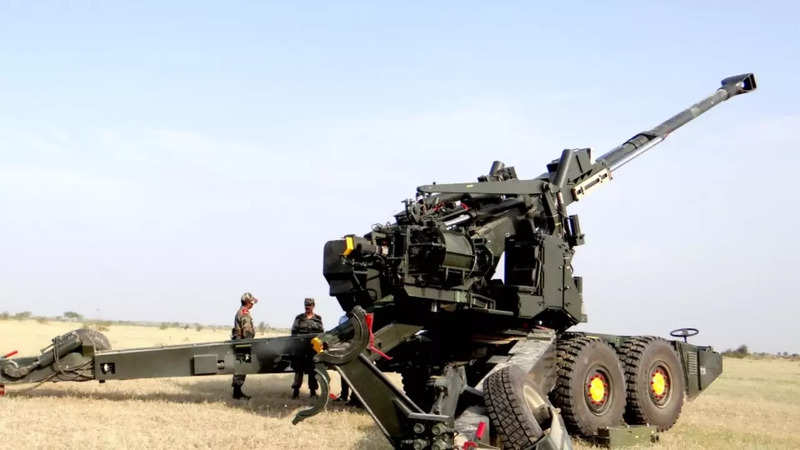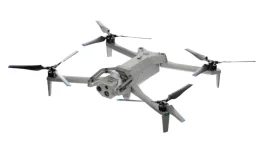- Views: 2K
- Replies: 16

The Indian Army has decided to abandon its plans to acquire more ultra-light howitzers (ULHs), such as the M777 or indigenous Towed Gun System (TGS) variants, opting instead to concentrate on procuring 155/52 caliber artillery guns. This strategic shift is driven by the Army's evolving firepower requirements and the operational advantages offered by the larger caliber systems.
The 155/52 caliber guns have emerged as the preferred choice for the Indian Army's artillery modernization efforts. These guns, capable of firing extended-range ammunition, offer significant advantages over smaller caliber systems like the 155/39, particularly in terms of range, accuracy, and firepower.
The larger 52-caliber barrel enables these guns to achieve ranges of up to 48 kilometers with the latest ammunition, surpassing the 30-40 kilometer range of the 155/39 caliber systems. This extended range, coupled with higher accuracy and the ability to utilize advanced ammunition, makes the 155/52 caliber guns more versatile and effective in a wider range of combat scenarios.
The decision to drop the procurement of ULHs, including the M777 and indigenous options, stems from several considerations. Firstly, it avoids potential conflict with the Army's focus on enhancing the TGS capabilities, particularly with the larger 155/52 caliber systems. By removing ULHs from the procurement plan, the Army streamlines its artillery modernization efforts and ensures that resources are not diverted from its primary focus.
Secondly, the 155/52 caliber guns offer superior firepower compared to ULHs like the M777. While ULHs were initially considered for high-altitude deployments, their limitations in range and lethality, particularly in challenging terrains like the Himalayas, have led the Army to prioritize the more capable 155/52 systems.
The 155/39 caliber guns, while effective in certain contexts, present limitations in high-altitude operations. Their shorter range and reduced versatility in accommodating advanced munitions hinder their effectiveness in mountainous warfare, where long-range precision fire is essential.
In contrast, the 155/52 caliber guns, with their extended range and higher accuracy, enable precise strikes even from concealed positions and in challenging terrains. This capability is crucial in mountainous and high-altitude environments where engagement distances are often greater and the terrain necessitates long-range precision fire.
This shift in the Indian Army's artillery strategy reflects a focus on acquiring systems that offer maximum firepower and versatility across diverse operational environments. By prioritizing the 155/52 caliber guns, the Army is enhancing its long-range precision strike capabilities and ensuring its readiness to address a wide range of threats.



